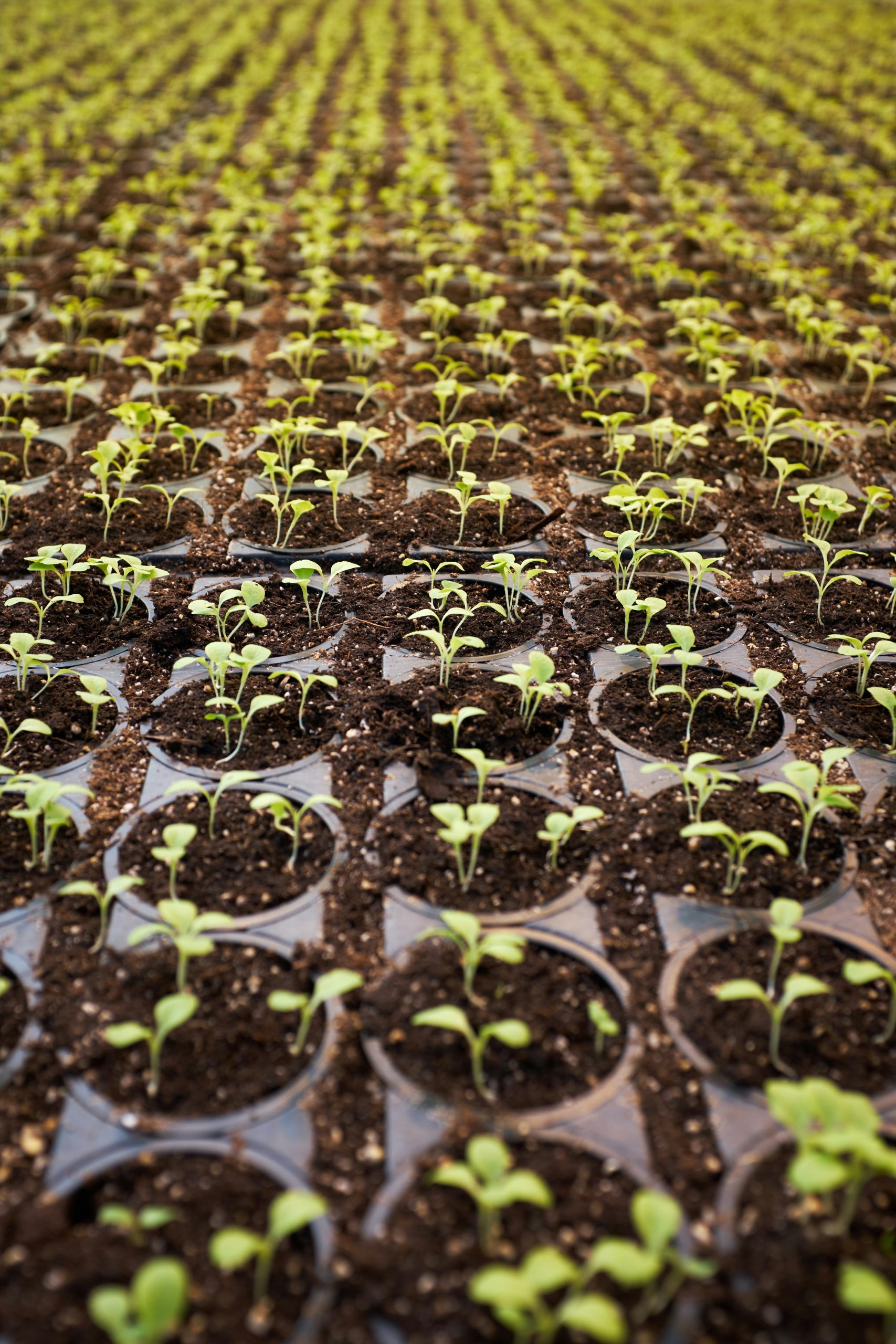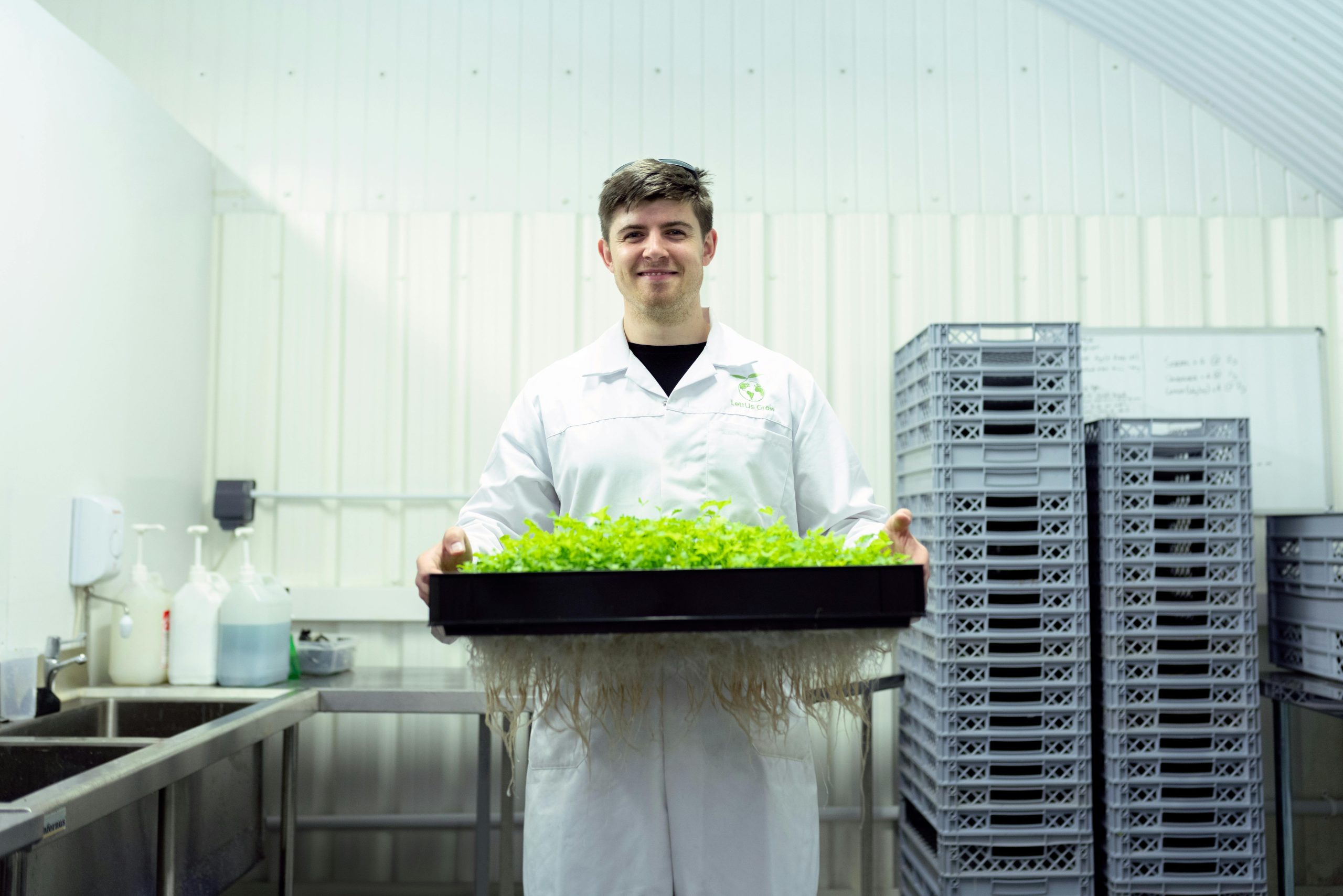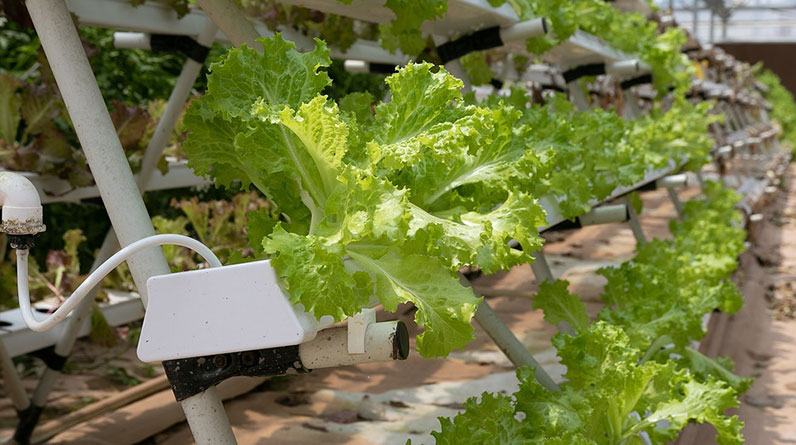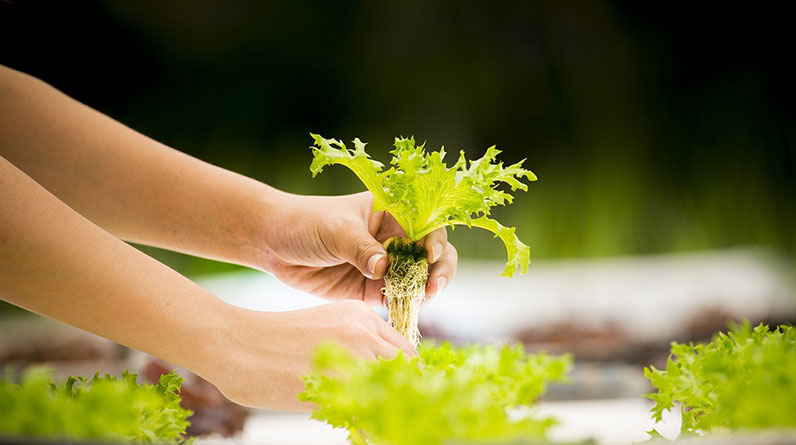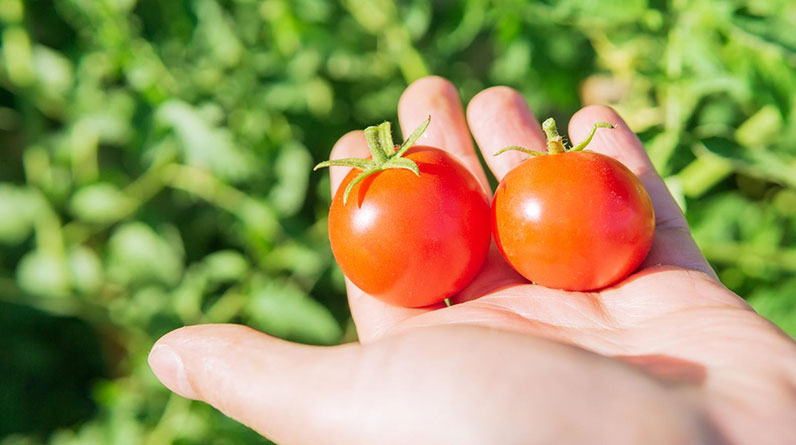
Choosing the Right Location
Assessing Your Space
When I decided to create my hydroponic garden, the first thing I did was take a good look at my living space. It’s all about finding that sweet spot where your plants can thrive. I had to consider natural light, temperature, and how much space I could actually dedicate without cluttering my apartment.
Sometimes, it’s not just about having a backyard or a garden; I’m talking about using your kitchen countertop, a spare room, or even a balcony. The beauty of hydroponics is its flexibility! So I chose the corner of my living room by the window. It’s surprisingly sunny, and I can keep an eye on my green babies while binge-watching my favorite shows.
You also want to think about accessibility. Make sure water and power sources are nearby to keep your setup efficient. I learned the hard way when I had to drag a hose all the way from the kitchen to my patio!
Selecting the Right Hydroponic System
Types of Hydroponic Systems
Once I figured out my spot, it was time to choose the hydroponic system. There are a few options, such as NFT (Nutrient Film Technique), Ebb and Flow, and Deep Water Culture. I spent a bit of time researching before deciding, and let me tell ya, it’s key!
I dabbled with Deep Water Culture because I loved the idea of having my plants literally “dipping” in nutrient-rich water. Talk about a spa day for greens! It’s relatively simple and hasn’t required a ton of maintenance. I mean, who doesn’t want that, right?
One thing to remember is to choose a system that fits your lifestyle. Some systems are more hands-on than others, and I honestly appreciate the low-maintenance approach in my busy life.
Choosing the Right Plants
Best Plants for Hydroponics
Next up was picking what I wanted to grow. If you’re like me, the temptation is to try everything at once, but I learned it’s best to start small. Leafy greens like lettuce and spinach are perfect for beginners. They grow fast and are super rewarding!
Then, as I got a little more confident, I experimented with strawberries and herbs like basil and mint. There’s nothing like snipping fresh basil for a pasta dish you’ve whipped up! My kitchen has never smelled so good.
Do keep in mind that some plants do require special conditions. I’ve read that tomatoes need a bit more TLC than other plants, so I’m saving those for later once I get my groove on. Patience is key!
Creating a Nutrient-Rich Environment
Nutrient Solutions Explained
Let’s talk about nutrients because this is where the magic happens! Essentially, you need to provide your plants with a balanced diet of macro and micronutrients. It’s like cooking but for plants, and it’s definitely a learning curve.
I usually stick with pre-mixed nutrient solutions which are great for beginners. They save me the headache of measuring everything out, and you can get them from most gardening stores. Just mix according to the instructions, and you’re good to go!
Over time, you’ll learn how to tweak the nutrients based on how your plants are growing. They can be a bit picky, but it’s all part of the fun. It’s rewarding to see them thrive after you’ve experimented with different mixtures!
Maintaining Your Hydroponic Garden
Daily Care Practices
Now let’s wrap this up with maintenance. It’s super important to keep an eye on your pH levels and adjust as necessary. I’ve found that checking once a week works for me, and it’s cool to see how things change over time.
Also, don’t forget to clean your system regularly. Algae can be sneaky, and trust me, no one wants that in their garden! I usually do a deep clean every month, and it helps keep everything running smoothly.
Lastly, enjoy the process! Gardening can be a little overwhelming at first, but as you get into a routine, it becomes a fun ritual. Watching your plants grow is one of the most satisfying things—seriously, it never gets old!
FAQ
1. What hydroponic system is best for beginners?
Deep Water Culture is often recommended for newbies because it’s straightforward and requires less technical know-how.
2. How often do I need to change the water in the system?
Typically, changing the water every two weeks is good practice, but you should check for nutrient levels and algae growth regularly.
3. Can I grow tomatoes in a hydroponic system?
Yes, you can! However, tomatoes may require more nutrients and support than other plants, so they might be better as a second project once you get the hang of things.
4. What’s the best light for indoor hydroponics?
LED grow lights are very efficient and work great for indoor setups. They provide the right spectrum for growth without overheating your space.
5. How long does it take for seeds to sprout in a hydroponic system?
Generally, seeds can sprout anywhere from a few days to a couple of weeks, depending on the plant type and environmental conditions.




